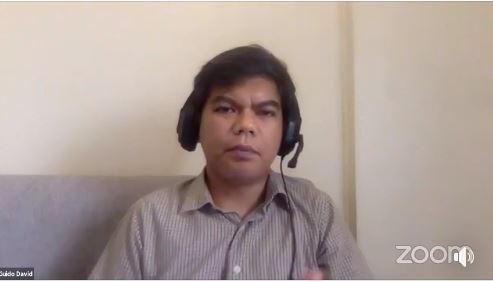
OCTA Research Fellow Guido David said granular lockdowns might not be effective as the COVID-19 infection has already spread in some communities.
David told GMA News reporter Joseph Morong over “24 Oras” that granular lockdowns might be effective if the pandemic is only affecting one village or a few villages.
“It might have been effective before kapag, if we have the pandemic, kunyari kasi concentrated on one barangay or few barangays,” he said.
(If we have a pandemic for example in few villages.)
But Department of Health Epidemiology Director Alethea De Guzman said cases can be mitigated if local government units will enforce stricter contact tracing and active case finding.
“We recommend to do active case finding and enhance contact tracing para mapabilis mahanap ang kaso, ma-isolate sila at kung kailangan ng referral sa ospital, ma-refer po sila,” De Guzman said.
(Active case finding and enhanced contact tracing will help in immediate isolation of cases and referral to hospitals if needed.)
The national government initially placed Metro Manila under general community quarantine (GCQ) on September 8 and allowed cities and municipalities to impose granular lockdowns instead.
However, earlier, Malacañang bared that the National Capital Region will remain under modified enhanced community quarantine until Sept. 15.
More hospitals overwhelmed
As cases rise in the Philippines, more hospitals in the metropolis reported full capacity in their intensive care units as well as ward beds in taking care of COVID-19 patients.
In Quezon City General Hospital, wards there could not accept more patients even as it already placed tents.
San Lazaro Hospital in Manila registered 80% occupancy rate for its COVID-19 beds while 109% utilization rate in intensive care units.—Consuelo Marquez/LDF, GMA News

0 Comments